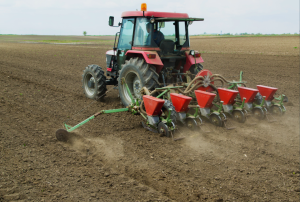In the field of modern agriculture, the importance of agri software has become as integral as the equipment used in the fields. Streamlining operations, enhancing production, and ensuring sustainability are just some of the roles delegated to these digital tools. For agricultural entrepreneurs and farm managers, selecting the right agri software may seem daunting at first, but with a comprehensive guide, the process can become both manageable and fruitful.
Understanding Your Needs
Before browsing the plethora of agri software options, it’s crucial to recognise the specific needs of your agri-business. Begin by identifying the challenges you face. Are these related to inventory management, compliance with industry standards, or perhaps, data analysis for crops across multiple locations? Once the challenges are listed, define what you expect from a software solution. Consider the features that are non-negotiable and those that would be nice to have but are not essential.
Types of Agri Software
There is no one-size-fits-all solution when it comes to agri software. However, broad categories exist to cater to different facets of agriculture:
- Farm Management Software: These platforms are designed to help with general farm planning, record-keeping, and task management. They often include features such as financial tracking, resource planning, and crop rotation advice.
- Crop Monitoring and Analysis Tools: For those seeking to maximise yield and minimise risks, these tools offer insights into plant health, growth stages, and environmental conditions. Some advanced systems even utilise satellite imaging to provide real-time data.
- Supply Chain Management Systems: Crucial for linking producers to consumers, these platforms aid in the coordination of the entire supply chain, from procurement to distribution, allowing for better decision-making and increased efficiency.
Factors to Consider When Choosing Agri Software
The success of agri software is determined by how well it aligns with the business’s future goals and current practices. Several essential factors to consider include scalability and flexibility, integration capabilities with your existing systems, robust data security and privacy measures, the user-friendliness of the interface, and the necessary training and support to adopt the new software. Finally, cost-effectiveness plays a significant role, ensuring that the value provided by the software justifies its price tag.
The world of agri software offers a rich spectrum of tools designed to enhance every stage of the agricultural process. With a meticulous understanding of your needs, thorough research into available options, and consideration of essential factors, you can select a software that not only addresses your current challenges but also evolves with your business. The key to successful agri software is integration — not only into your digital ecosystem but also into your long-term vision for sustainable agriculture. Find agri software that is right for you, with AgriChain. Contact us for more information.











